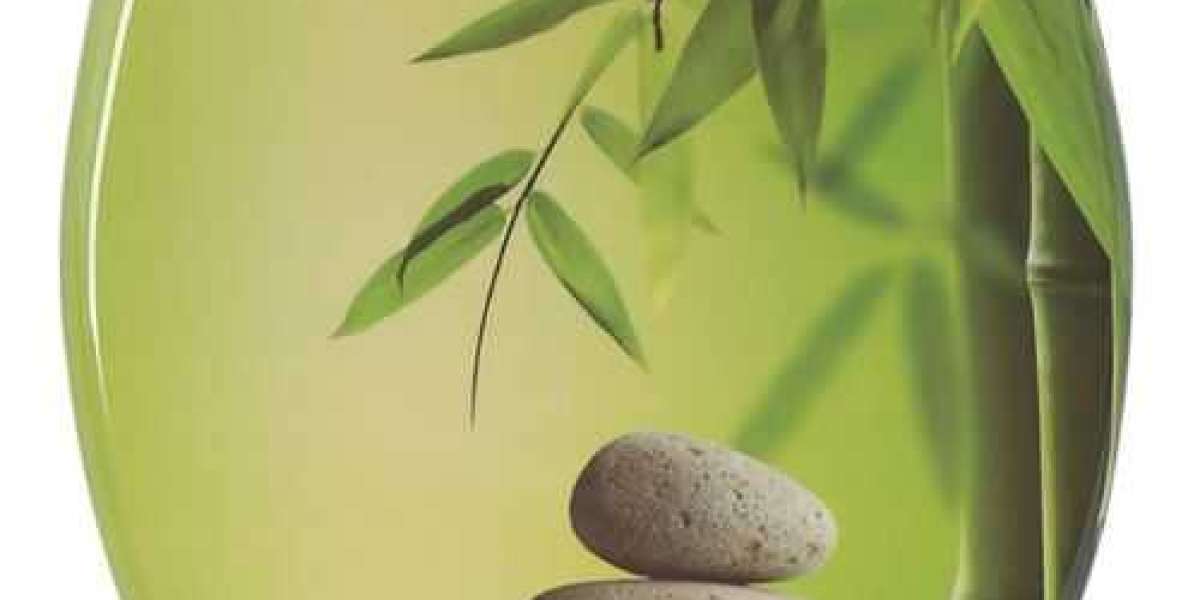In the world of power tools and forestry equipment, few brands command the respect and recognition that STIHL does. Founded in 1926, STIHL has long been a leader in chainsaw innovation, engineering excellence, and durable outdoor equipment. But beyond the machines themselves, there's a nostalgic and growing interest in vintage STIHL signs—those old metal or enamel pieces of advertising history that once adorned hardware stores, workshops, and dealer garages. Today, these signs are not just relics; they are cherished collectibles, storytelling pieces, and iconic representations of STIHL’s powerful legacy.
This article explores the significance, style, and value of vintage STIHL signs, and why they continue to captivate collectors, tool enthusiasts, and design lovers around the world.
The History Behind STIHL Signs
STIHL, founded by German engineer Andreas Stihl, began its journey in Stuttgart, Germany, with a singular mission: to make the work of loggers easier with mechanized tools. The brand’s breakthrough came with the development of the first electric chainsaw in 1926 and later the first gasoline-powered chainsaw. As the company expanded through Europe and into North America, STIHL signs became essential tools for branding and marketing.
In the mid-20th century, hardware and farm supply stores commonly displayed branded signage outside or within their premises. STIHL signs were typically made from materials like enamel-coated steel, tin, or embossed metal, featuring bold colors and heavy-duty construction, much like the products they advertised. These signs communicated reliability, strength, and the promise of top-tier performance—qualities STIHL was known for.
What Makes Vintage STIHL Signs Unique?
Several characteristics make vintage STIHL signs stand out among other collectible advertising memorabilia:
1. Industrial Aesthetic
STIHL signs often feature strong, bold typography and vivid orange, black, and white color schemes. These designs mirrored the ruggedness of the brand’s tools. The signs’ robust construction and weather-resistant materials also reflect STIHL’s dedication to durability.
2. Iconic Branding
From early logos featuring simplified chain links and industrial fonts to later graphics showcasing lumberjacks or chainsaws in action, STIHL’s branding evolved in a way that captured the era’s advertising trends. Each sign offers a glimpse into the company’s growth and the changing visual language of tool marketing.
3. Limited Production
Unlike today’s mass-produced plastic signage, vintage STIHL signs were often produced in limited batches for specific dealers or regions. Some were made exclusively for European markets, while others were designed for North American tool shops. This rarity adds to their collectible appeal.
Popular Types of Vintage STIHL Signs
Collectors often seek out certain types of STIHL signs based on style, age, and material. Common categories include:
Enamel Signs: Heavy and glossy, often with raised lettering or images, and considered the most durable and desirable.
Tin Litho Signs: Lightweight, printed directly on tin with vibrant graphics.
Embossed Metal Signs: Feature raised designs for a 3D effect, offering a classic vintage look.
Dealer Signs: Customized signs used by STIHL dealers to promote their official status, often featuring the tagline “Authorized STIHL Dealer.”
Some signs even include model-specific information, like promotions for particular chainsaw models (e.g., STIHL 031 AV), further increasing their appeal among fans of STIHL history.
Why Are They So Collectible?
There are several reasons collectors are drawn to vintage STIHL signs:
Nostalgia: Many collectors associate STIHL with their youth, family businesses, or personal experience in forestry, farming, or landscaping.
Design Appreciation: The retro aesthetics of vintage advertising have broad appeal, especially among interior decorators and fans of industrial design.
Investment Value: As rare items, well-preserved STIHL signs can fetch high prices in collector markets. Signs from the 1940s to 1970s, in particular, are in demand.
Cultural Significance: STIHL is not just a tool brand—it’s a part of working-class history, craftsmanship, and innovation.
Where to Find Vintage STIHL Signs
If you’re interested in adding a vintage STIHL sign to your collection, there are several places to start:
Online marketplaces: Sites like eBay, Etsy, and collector forums often have a variety of listings.
Antique shops and flea markets: Particularly in rural areas or old industrial towns.
Tool shows and swap meets: Events that attract STIHL enthusiasts often feature memorabilia dealers.
Estate sales: Especially those involving former hardware store owners or mechanics.
When purchasing, look for signs with authentic aging, original mounting holes, or manufacturer marks. Be cautious of reproductions, which are common in online markets.
Decorating with Vintage STIHL Signs
Beyond collecting, many people use vintage STIHL signs as decor accents in:
Garages and workshops
Man caves or hobby rooms
Rustic cafes or tool-themed bars
Retail stores and pop-up booths
Farmhouses or cabin-style homes
They add character, color, and a sense of authenticity to any space, making them functional pieces of wall art with a story to tell.
Conclusion
Vintage STIHL signs are more than old advertising—they are emblems of an era, celebrating a brand that revolutionized forestry and outdoor power tools. With their industrial beauty, nostalgic value, and rising demand among collectors, these signs hold a special place in the world of vintage decor and branding history. Whether you're a tool lover, a design enthusiast, or a collector of old signage, a vintage STIHL sign is a timeless addition to any collection.







